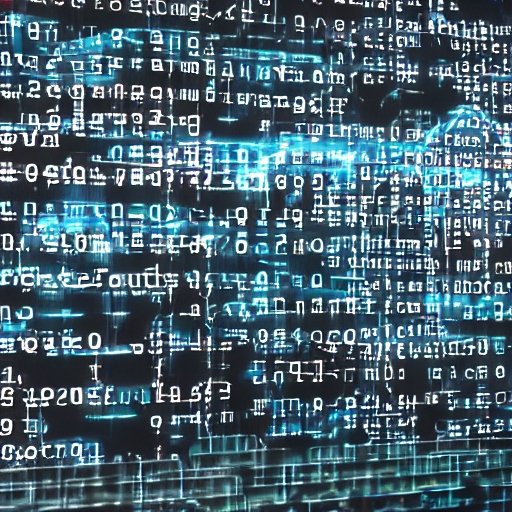Introduction: The Modern Cyber Battlefield With nation-state actors stepping up their cyber-espionage games, the battlefront has shifted from the physical realm to the digital space. Recent revelations by cybersecurity firm SentinelOne bring to light a fascinating case of two North Korean hacker groups successfully infiltrating the internal systems of a Russian missile and satellite developer, NPO Mashinostoyeniya.
The Intrusion: An Accidental Discovery While hunting suspected North Korean cyber threats, SentinelLabs stumbled upon leaked emails containing implants related to DPRK-affiliated campaigns. These emails, dating back to May 2022, have potentially significant geopolitical implications, considering they appeared shortly after Russia’s veto against sanctions on North Korea.
The Evidence:
- Linux-based Email Server Compromise: SentinelOne’s investigations connected suspicious network activities and a particular threat actor. They unveiled that NPO Mashinostroyeniya’s Linux email server was compromised, transmitting data to infrastructure linked to the ScarCruft threat actor.
- Involvement of the Lazarus Group: The discovery of a Windows backdoor malware known as OpenCarrot and the DLL implant shed light on the involvement of another North Korean cybercrime group, the Lazarus group. This malware showcases a range of functionalities, from reconnaissance to filesystem manipulation.
Analyzing the Implications from a Cybersecurity Perspective
- Threat Landscape:
- Complexity: The infiltration showcases the intricate nature of state-sponsored cyberattacks. Both ScarCruft and Lazarus have displayed a coordinated yet separate effort to gain unauthorized access.
- Geopolitical Significance: The timing of the leaked emails hints at the bigger geopolitical landscape, underlining cyber-espionage’s role in international relations.
- Risks Involved:
- Data Integrity and Confidentiality: With unauthorized access, there’s potential risk to sensitive defense data, possibly affecting national security.
- Reputation: NPO Mashinostroyeniya, as a defense provider, stands to lose trustworthiness in the international market.
Cybersecurity Architecture Assessment
Applying SABSA-thinking to this news, the below attributes should be considered for those concerned with similar threats to their business:
- Confidentiality:
- Relevance: Unauthorized access to a missile and satellite developer’s system signifies a breach in data confidentiality. This kind of data is extremely sensitive and must remain confidential to ensure national security and competitive advantage in the defense industry.
- Integrity:
- Relevance: The hackers could have altered, deleted, or added information once inside the system, threatening the integrity of the data. Compromised integrity can have devastating effects, especially when the altered data relates to missile and satellite configurations or launch codes.
- Availability:
- Relevance: If these groups could infiltrate the system, they might also be able to initiate a denial-of-service attack, causing disruption to the missile and satellite developer’s operations. For defense systems, any disruption in availability can have real-world security implications.
- Accountability:
- Relevance: It’s essential to determine who had access to the systems, when, and what they did. This can help trace the source of the breach and prevent further intrusions. Moreover, accountability ensures that actions can be linked back to identities.
- Auditability:
- Relevance: The need to understand how the breach occurred requires an effective audit trail. With a comprehensive audit trail, vulnerabilities can be spotted, and corrective measures can be applied.
- Non-repudiation:
- Relevance: In case of any contentious actions or decisions made during or after the breach, non-repudiation ensures that entities cannot deny their involvement or actions.
- Authentication and Authorization:
- Relevance: Proper authentication and authorization mechanisms could have potentially stopped or limited unauthorized access. A breach in these systems emphasizes the need to have stringent checks in place.
- Traceability:
- Relevance: It’s imperative to trace back and understand the sequences leading to the breach. This not only helps in mitigation but also in strengthening the system against future attempts.
When applying SABSA to the given scenario, these attributes play a crucial role in diagnosing the situation, guiding the response strategy, and ensuring a holistic approach to managing the risks and ensuring security. By focusing on these attributes, one can ensure that strategic, business-driven objectives are being met while addressing the tactical concerns of the breach.
Conclusion: The Need for Proactive Defense The incident underscores the significance of proactive cybersecurity measures, especially for entities operating in sensitive sectors like defense. With nation-state actors continually seeking strategic advantages, it’s crucial for organizations to remain a step ahead, ensuring their digital fortresses are unassailable.
In the rapidly evolving cyber landscape, the line between offense and defense blurs. But with awareness, preparedness, and a robust cybersecurity strategy, one can navigate this challenging terrain.


